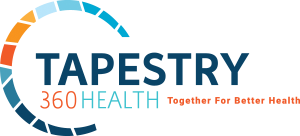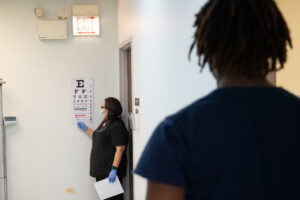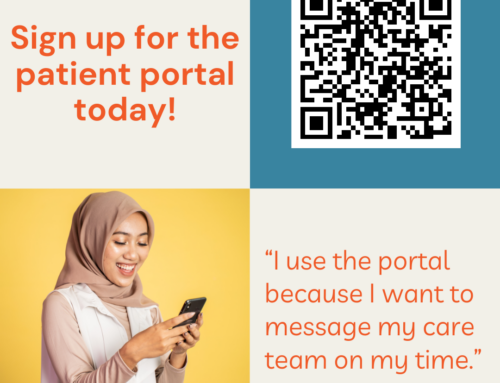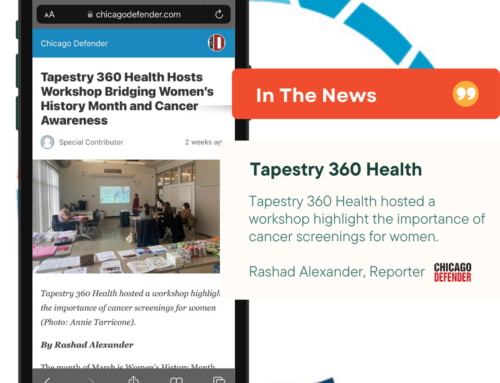News
The Importance of Eye Care and Annual Exams
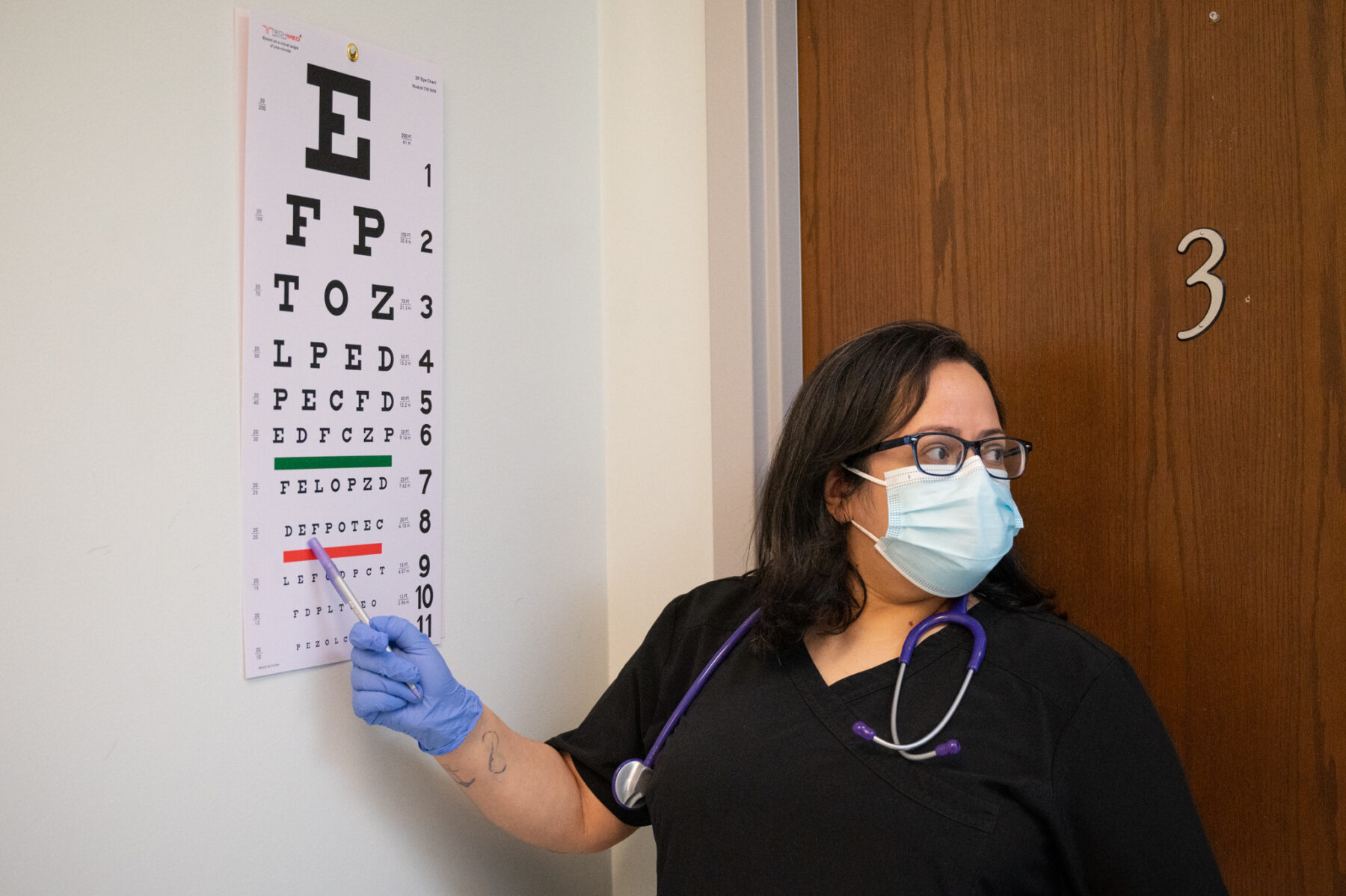
In the hustle and bustle of our daily lives, it’s easy to overlook the significance of our eye health. It may take constant squinting or migraines before we schedule an eye exam. Our eyes are not just the windows to the soul; they are essential to our overall well-being. Instead of silently suffering this year due to vision issues, take control of your eye health. At Tapestry 360 Health, we understand the vital role that eye care plays in maintaining a healthy and vibrant life.
Why Prioritize Eye Care?
Your eyes are complex and delicate organs that require regular attention and care. Good vision contributes to a better quality of life, allowing us to engage fully with the world around us. Poor eye health can impact daily activities, from reading and driving to working and enjoying leisure time.
Annual Eye Exams: A Key to Preventive Care
One of the most effective ways to maintain optimal eye health is through regular eye exams. These exams are not just about updating your prescription; they play a crucial role in detecting early signs of eye conditions and other health issues, including diabetes and high blood pressure.
What does an eye exam include?
Some tests that your eye doctor may perform during your eye exam include:
- Visual Acuity – this is probably the most familiar test. This test evaluates how each eye sees. A reading chart is frequently used during this test. Visual acuity is measured as ‘20/X’, e.g. 20/30 or 20/40. 20/20 is considered perfect vision, but some people have such clear sight their visual acuities are recorded at 20/15 or even 20/10.
- Visual Field – to check your peripheral (side) vision, your provider holds up a finger or an object and gradually moves it from one side of your face to another. Your provider may move the object up and down and bring it closer to your eyes. You’ll only move your eyes, not your head. This test tells providers about your entire range of vision.
- Eye Focusing – this test determines how well your eyes move, focus, and work together. Your doctor will be able to see problems that prevent your eyes from focusing effectively or working well together.
- Digital Retinal Image – this test is a digital recording of retinal health achieved by taking an image of the retina. These photographs can be used for accurate diagnosis and stored and used to compare to any future images.
- Eye pressure test (IOP) – also known as Tonometry, this is usually done with a puff of air. IOP is vitally important for eye conditions, including glaucoma and corneal disease.
- Slit-lamp – this exam gives your eye doctor a magnified view of the many different structures at the front of the eye and inside, such as the cornea, pupil, iris, tear ducts, lens, and retina. The area surrounding the eyes can also be examined, such as the eyelids and the adjacent periorbital skin.
Based on your provider and eye health history, you may receive additional tests to ensure healthy eyes.
Don’t wait for vision problems to arise; take a proactive step toward maintaining your eye health. We are always accepting new patients, and our team is dedicated to providing compassionate and inclusive healthcare services. Visit Tapestry 360 Health and let us be your partner on the journey to a clearer and healthier vision.
In the hustle and bustle of our daily lives, it’s easy to overlook the significance of our eye health. It may take constant squinting or migraines before we schedule an eye exam. Our eyes are not just the windows to the soul; they are essential to our overall well-being. Instead of silently suffering this year due to vision issues, take control of your eye health. At Tapestry 360 Health, we understand the vital role that eye care plays in maintaining a healthy and vibrant life.
Why Prioritize Eye Care?
Your eyes are complex and delicate organs that require regular attention and care. Good vision contributes to a better quality of life, allowing us to engage fully with the world around us. Poor eye health can impact daily activities, from reading and driving to working and enjoying leisure time.
Annual Eye Exams: A Key to Preventive Care
One of the most effective ways to maintain optimal eye health is through regular eye exams. These exams are not just about updating your prescription; they play a crucial role in detecting early signs of eye conditions and other health issues, including diabetes and high blood pressure.
What does an eye exam include?
Some tests that your eye doctor may perform during your eye exam include:
- Visual Acuity – this is probably the most familiar test. This test evaluates how each eye sees. A reading chart is frequently used during this test. Visual acuity is measured as ‘20/X’, e.g. 20/30 or 20/40. 20/20 is considered perfect vision, but some people have such clear sight their visual acuities are recorded at 20/15 or even 20/10.
- Visual Field – to check your peripheral (side) vision, your provider holds up a finger or an object and gradually moves it from one side of your face to another. Your provider may move the object up and down and bring it closer to your eyes. You’ll only move your eyes, not your head. This test tells providers about your entire range of vision.
- Eye Focusing – this test determines how well your eyes move, focus, and work together. Your doctor will be able to see problems that prevent your eyes from focusing effectively or working well together.
- Digital Retinal Image – this test is a digital recording of retinal health achieved by taking an image of the retina. These photographs can be used for accurate diagnosis and stored and used to compare to any future images.
- Eye pressure test (IOP) – also known as Tonometry, this is usually done with a puff of air. IOP is vitally important for eye conditions, including glaucoma and corneal disease.
- Slit-lamp – this exam gives your eye doctor a magnified view of the many different structures at the front of the eye and inside, such as the cornea, pupil, iris, tear ducts, lens, and retina. The area surrounding the eyes can also be examined, such as the eyelids and the adjacent periorbital skin.
Based on your provider and eye health history, you may receive additional tests to ensure healthy eyes.
Don’t wait for vision problems to arise; take a proactive step toward maintaining your eye health. We are always accepting new patients, and our team is dedicated to providing compassionate and inclusive healthcare services. Visit Tapestry 360 Health and let us be your partner on the journey to a clearer and healthier vision.
